What Happens If I Spend PPP Funds On Unauthorized Expenses?
By Nate Riordan, Cat Reny and Alexander Morrison
The Rules of Your PPP Loan
The rules around the use of PPP funds contain some confusing labels. The PPP loan program was designed as a way to get money to small businesses and encourage those businesses to spend the money on certain expenses. If you spend your PPP funds on “authorized” expenses, using 60% for payroll, you can have the loan forgiven — you don’t have to pay it back. If you use the funds in an “unauthorized” way, you cannot have the loan forgiven. The implication is that you then must pay back the loan or that portion of the loan not used on authorized expenses. However, we wondered what happens if the borrower spends the money on “unauthorized” expenses? Is there more to it than repaying the loan? Does it matter what it was spent on, or are all unauthorized uses treated the same?
The money from your PPP loan has limitations on the ways it can be spent. These are called authorized uses and are related to payroll and other expenses necessary to maintain a business. They are: (1) payroll costs; (2) costs related to continuation of group health care benefits during periods of paid sick, medical, or family leave, as well as insurance premiums; (3) mortgage interest payments (but not mortgage prepayments or principal); (4) rent payments; (5) utility payments; (6) interest payments on other debt obligations incurred before February 15, 2020; and (7) refinancing an SBA EIDL made between January 31, 2020 and April 3, 2020. Mortgage interest, rent, and utility payments are only authorized if they are for obligations incurred before February 15, 2020. These rules apply not only to the borrower itself, but also to any shareholder, member, or partner of the borrower company that would use the funds. This means that spending performed by a shareholder, member, or partner must follow the same rules, however, it does not provide for personal liability of those parties. Spending the money in ways not approved under these guidelines can lead to varying degrees of liability for only the borrower itself.
Consequences For Breaking the Rules
The SBA says that if a person knowingly uses the funds for an unauthorized purpose then that person may be subject to additional liability, such as charges for fraud. If you spend the money in an unauthorized way but do so with a belief that the spending is, in fact, authorized, the SBA will require only that you pay back the amount spent. The rest of the loan that was spent in an authorized way can still be forgiven. Real consequences arise when a borrower spends the money in an unauthorized way that is obvious and egregious and/or has made fraudulent or false statements to the SBA or the third-party lending company that provided the loan. There have been, thus far, only two cases that involve borrowers spending money in unauthorized ways that have led to criminal charges, and each of those cases involved other material factors.
The first case involves a Mr. David T. Hines who applied for and obtained $3.9 million in PPP loans and purportedly used the funds to purchase a Lamborghini. However, this was not the only charge levied against him. It was alleged that Mr. Hines made false representations regarding the number of employees he had and his monthly payroll expense. He claimed to have 70 employees and pay approximately $4 million each month in payroll, but prosecutors allege he was actually paying closer to $200,000 in payroll each month. Hines has been charged with bank fraud, making false statements to a financial institution, and engaging in transactions in unlawful proceeds. The headlines paint this story as a man spending his PPP loans on a fancy car and being arrested for it, but in actuality it is a matter involving charges of bank fraud and other fraudulent actions.
The second case is very similar. Mr. Maurice Fayne, a reality-TV personality who stars in the show Love & Hip Hop: Atlanta, applied for PPP loans for his trucking company, Flame Trucking. He ultimately received just over $2 million in loans. After receiving the loans, he allegedly spent roughly $1.5 million on jewelry, cars, other luxury items, and child support. One might ask how prosecutors can tell if the reality-TV star was not just spending his own money on those items. Surely, just buying yourself nice things with your own money and not PPP loan funds is not enough to raise suspicion? But, as in the Lamborghini case, there is more to it than meets the eye. Mr. Fayne had allegedly submitted fake bank statements in his application indicating payroll expenses he did not actually have. Investigators discovered this only after Fayne’s bank informed them that his account had been closed since September 2019, and prosecutors believe Fayne had sent forged bank statements including months for October, November, and December to the lender. Like the Lamborghini case, this case is really about allegations of bank fraud and false statements.
It seems that the SBA will take action only when fraud and false statements are involved. If you are a borrower acting in good faith in spending the money and making no false statements or fraudulent representations to the SBA or a lender, then seemingly you have nothing to worry about. Essentially, unless you are knowingly doing something wrong, you should not need to worry about criminal charges. At worst, you will have to pay back the portion used in an unauthorized way instead of having it forgiven. The best thing you can do is document everything and make sure you can demonstrate a genuine belief that you needed the loan for its intended purposes, and that you spent the loan money in good faith.
SBA Audits
Thankfully, not every PPP loan recipient can expect to be audited. However, if you do get audited, what can you expect to happen and how can you best deal with it? The SBA will start with an opening letter, then send you a request for materials and information to which you must respond. The SBA may interview key people in the business and will come to a preliminary conclusion. Depending how the audit has gone, the SBA may provide you a chance to respond. What you can do to get ahead of any potential audit is to be prepared and document everything, being sure to show a good-faith, real business need for taking the loan. The SBA will be looking for anyone who knowingly submits, or causes another to submit, a false claim to the government. So long as you can show genuine business need and good faith in seeking and spending the loan, there should not be any real concern of criminal charges.
How do I get my PPP Loan forgiven?
The entire amount of your PPP loan may be forgiven provided that all the funds were spent in an authorized way. Any expenses that do not fall under the categories above cannot be forgiven and must be repaid. The expenses must have occurred within a 24-week period beginning on the day you received the first payment from the lender. December 31, 2020 is the final cutoff date for eligible expenses, so anyone taking a PPP loan after July 16 will not be able to take full advantage of the 24 weeks. Next, at least 60% of the loan must be used for payroll costs only. Payments to independent contractors do not count as payroll costs, and payments to any employee that exceed an annualized rate of $100,000 are not eligible to be included in the PPP loan forgiveness. You must also maintain the same number of employees, however, if you make a written offer in good faith that is for the same salary/wage and number of hours but the employee rejects the offer, then you are exempt from including that employee. Assuming you meet all these requirements, and you keep detailed and thorough documentation of the expenses paid and to whom, you are likely eligible to have your PPP loan forgiven.
What if my PPP Loan will not be forgiven and I enter default?
PPP loans do not require any sort of collateral to receive them. The loan is 100% guaranteed by the SBA. If the loan is made under your business’s name, the SBA cannot go after your personal assets, credit score, etc. That said, the SBA does still have some actions it can take. The SBA can: (1) report the status of the loan(s) to credit bureaus, (2) hire a collection agency to collect the loan, (3) offset income tax refunds or other amounts due to the borrower from the Federal Government, (4) suspend or debar you or your company from doing business with the Federal Government, or (5) refer your loan to the Department of Justice or other attorneys for litigation. However, if worst comes to worst and your business is approaching bankruptcy, the PPP loan can potentially be discharged in bankruptcy proceedings. The purpose of the PPP loan is to help your small business maintain its payroll and stay in business, not saddle it with crippling debt.
Conclusion
PPP loans are here to help small businesses maintain payroll and to keep employees earning money. That is why the interest rate is a low 1% and the loan can be forgiven in its entirety. You just have to ensure you spend the PPP money in an authorized way and not make any false or fraudulent representations to the SBA or the lending company. You should also document everything in case the SBA comes in to audit the company. If you slip up and spend the money in an unauthorized way, but do so in good faith, then the most you need to worry about is paying back that amount to the SBA. If you default and cannot get any of the loan forgiven, then the SBA does have some recourse, but you might also be able to discharge the loan in bankruptcy if things become dire. As a genuine borrower using the loans in the intended way, you should not worry about criminal charges or jail time and should focus on maintaining thorough documentation to get the loan forgiven.
Seattle Bankruptcy Attorney
Contact the experienced bankruptcy and business law attorneys at Wenokur Riordan PLLC today at (206) 724-0846 to discuss your situation.
Footnotes:
1. CARES Act 1102(a)(i)(A)(viii)
2. https://www.sba.gov/sites/default/files/2020-04/PPP%20Interim%20Final%20Rule_0.pdf at 4 Section R.
3. Id at 3 Section O.
4. Id at 4 Section S.
5. Id.
6. Id.
7. Id.
8. Complaint, 3, United States of America v. David Tyler Hines, №1:20-MJ-03237-BECERRA
9. Id at 6.
10. Id.
11. Id at 1.
12. https://www.justice.gov/opa/pr/reality-tv-personality-charged-bank-fraud
13. Complaint, 5, United States of America v. Maurice Fayne, №1:20-mj-370
14. Id at 5–7.
15. Id at 8.
16. Id.
17. https://home.treasury.gov/news/press-releases/sm1026. Lowered from 75%.
18. https://www.sba.gov/sites/default/files/2020-04/PPP%20Interim%20Final%20Rule_0.pdf at 2.
19. https://home.treasury.gov/system/files/136/PPP--IFR--Revisions-to-Loan-Forgiveness-Interim-Final-Rule-and-SBA-Loan-Review-Procedures-Interim-Final-Rule.pdf at 6.
20. https://www.sba.gov/sites/default/files/2020-07/PPP-Borrower-Application-Form-508.pdf at 3


